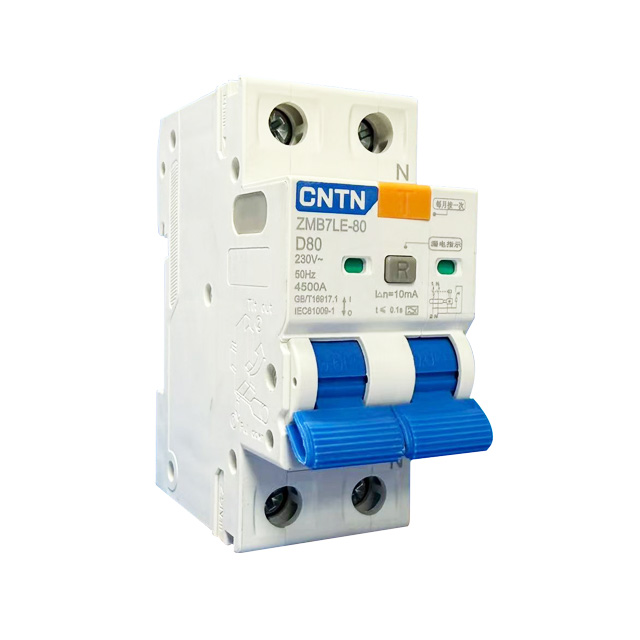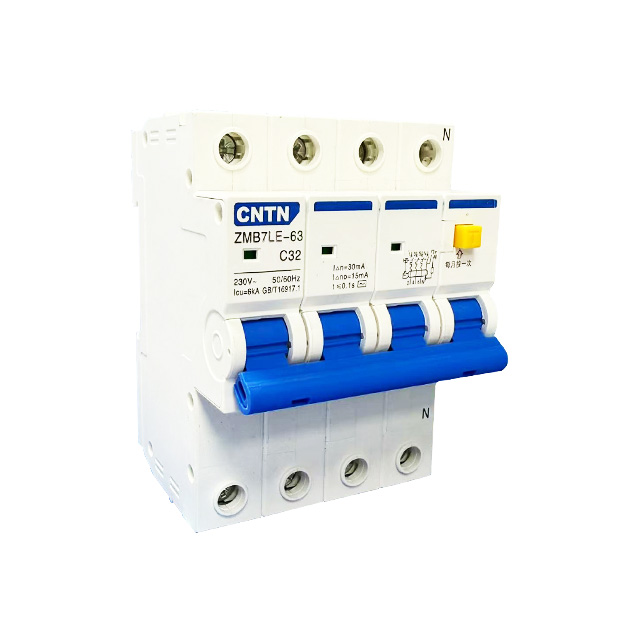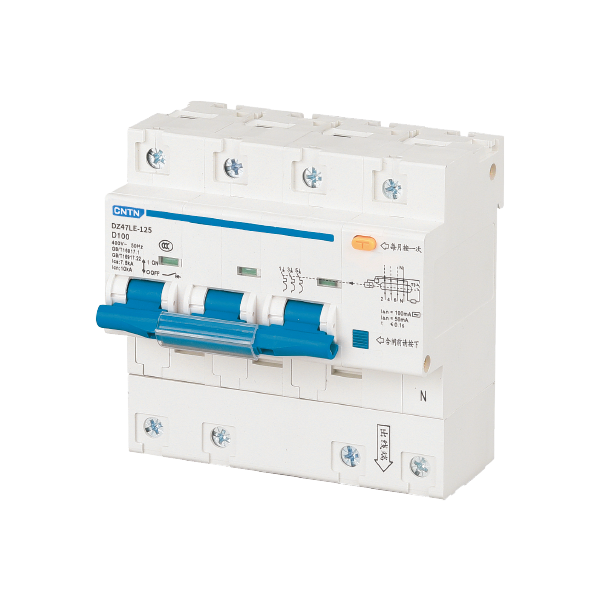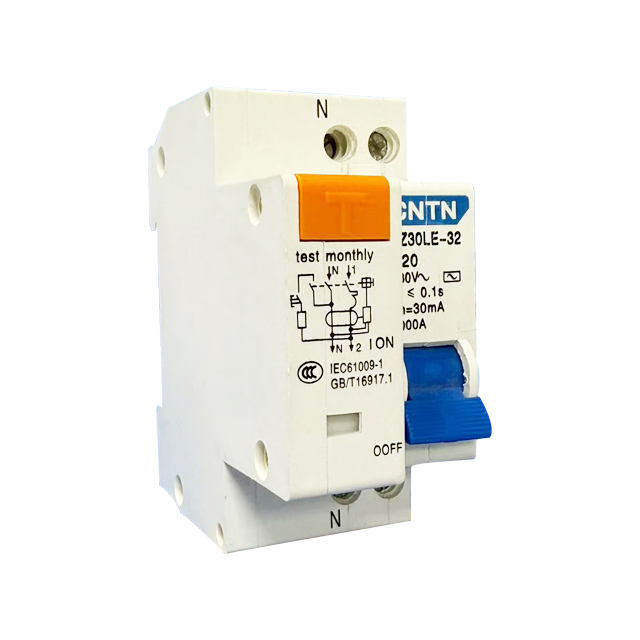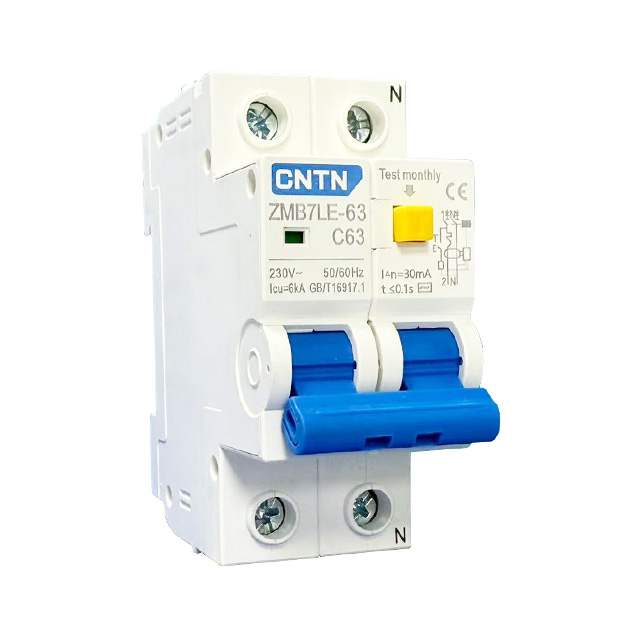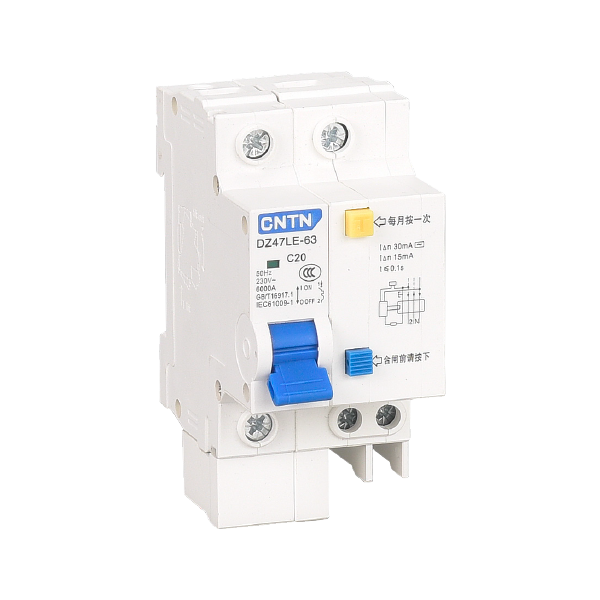Residual current circuit breaker
with over-current protection
1.Over 10 years of experience in manufacturing Residual Current Circuit Breaker with Overcurrent Protection(RCBO)
2.Fast production delivery capability
3.Provide product customization
4.We provide 24-hour online service to you
Our products
The RCBO series products manufactured by our company include integrated leakage protection models, 1P+N models, electronic types, and electromagnetic types, which can meet your electrical needs in various scenarios.
Application Scenarios

Residual Current Circuit Breaker with Overcurrent Protection(RCBO) is used in residences.
RCBO uses “one main unit per household + branch circuit protection” to provide full electrical safety for homes. It prevents main line leakage/overcurrent, tackles higher leakage in humid areas and overcurrent with multiple high-power appliances, and guards against socket leakage from faulty devices.

Residual Current Circuit Breaker with Overcurrent Protection are used in shopping malls
In commercial buildings with complex electrical loads and dense crowds, RCBO is mandatory/recommended to cut electrical accident risks. For numerous, frequently-used devices, socket and high-power circuits need separate RCBOs to avoid fires from equipment-failure-induced leakage or overcurrent.
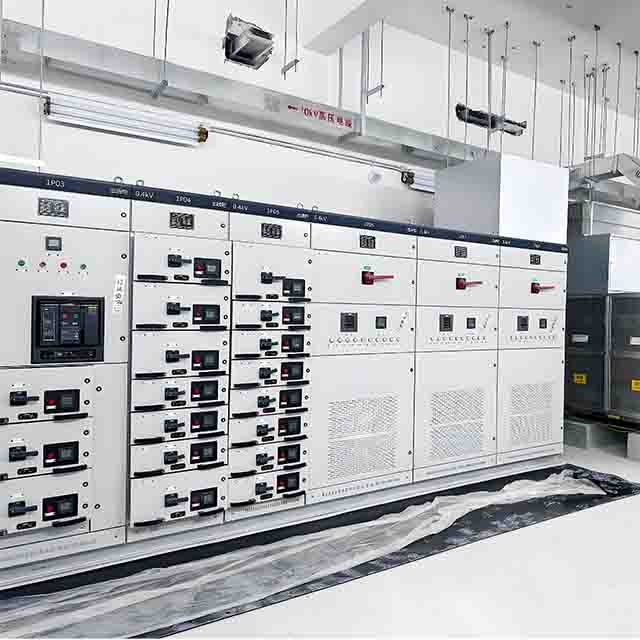
Residual Current Circuit Breaker with Overcurrent Protection(RCBO)is used in factories.
In industrial scenarios, RCBO offers precise protection for specific equipment, mainly used in setups requiring high “human-machine safety”. It safeguards operators via residual current protection, prevents line damage from equipment internal short circuits, and quickly cuts off faulty circuits to ensure operational safety.

Residual Current Circuit Breaker with Overcurrent Protection is used in new energy systems.
In Photovoltaic and new energy circuits with complex AC/DC current, RCBO features AC-DC hybrid leakage detection. It covers all leakage types in photovoltaic inverters, energy storage batteries, etc., triggers timely protection, and ensures safe, stable operation of new energy systems.

Residual Current Circuit Breaker with Overcurrent Protection(RCBO) is applied in Hospitals
In medical settings where patients contact electrical devices, RCBO meets high safety demands. It detects pulsating DC leakage, identifies medical equipment’s special leaks, and delays tripping to avoid unnecessary outages, ensuring life-support gear runs continuously.
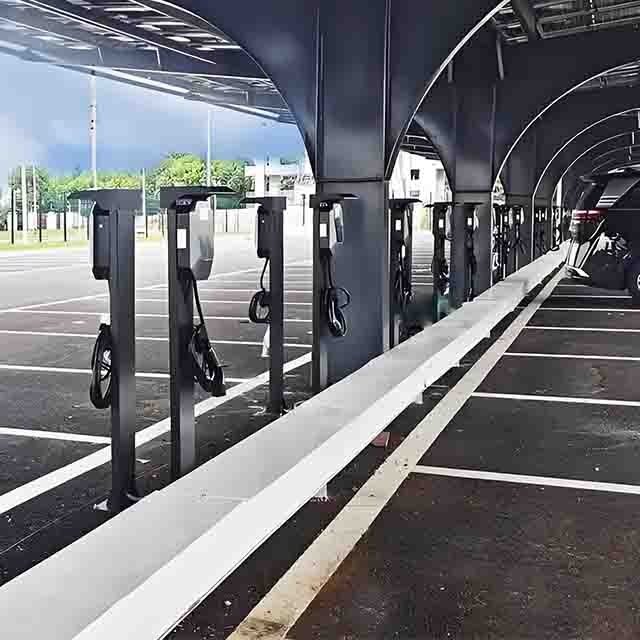
Residual Current Circuit Breaker with Overcurrent Protection(RCBO) is used charging pile
RCBO cuts power during circuit overload or short-circuit (similar to MCB) and detects leakage current (similar to RCD). Charging piles, with high power (usually ≥7kW) and long operation, face higher leakage risks. RCBO’s rapid power-off at 30mA leakage current effectively prevents electric shock accidents.
What is your application?
Frequently Asked Questions
What is a Residual Current Circuit Breaker with Overcurrent Protection (RCBO) ?
Residual Current Circuit Breaker with Overcurrent Protection (abbreviated as RCBO) is an electrical safety device that integrates dual protection functions. In essence, it is a combination of a “Residual Current Device (RCD, for leakage protection)” and a “Miniature Circuit Breaker (MCB, for overcurrent/short-circuit protection)”. It can simultaneously address two core safety hazards in circuits: “electrical leakage” and “overcurrent/short-circuit”, and serves as a key protective device in electrical scenarios.
How MCBs work?
In essence, an RCBO is an integrated device combining a “residual current protection module (simulating an RCD)” and an “overcurrent/short-circuit protection module (simulating an MCB)”. The two internal modules share a single tripping mechanism (trip component). During normal power supply, the circuit current remains stable, and both modules are in a “standby state”; when a leakage current or overcurrent/short-circuit fault is detected, the corresponding module will quickly trigger the tripping mechanism to cut off the power supply (live wire + neutral wire), thereby achieving protection.
- Residual Current Protection Module: Preventing Electric Shock, Core Dependent on “Current Balance Monitoring”
Key Components: Current transformer (sleeved over live wire + neutral wire), residual current release (electromagnetic coil), reset button
Working Steps:
① Normal State: The current in the live wire and neutral wire is equal in magnitude and opposite in direction. The “resultant magnetic flux” induced by the current transformer is 0, with no signal output. The residual current release does not act, and the circuit remains conducting.
② Fault Trigger: When equipment insulation is damaged (e.g., water heater leakage) or a human suffers an electric shock, part of the current flows to the ground through the “leakage point” (instead of returning via the neutral wire), resulting in “live wire current > neutral wire current”. The difference between the two is the “residual current”.
③ Rapid Tripping: After detecting the “residual current”, the current transformer converts it into an electrical signal, which drives the electromagnetic coil of the residual current release to generate magnetic force. This attracts the internal armature, which in turn pushes the tripping mechanism to act, cutting off the power supply within 10-30 milliseconds to avoid electric shock injuries. - Overcurrent/Short-Circuit Protection Module: Preventing Circuit Fire and Equipment Damage, Covering Two Scenarios of “Overload” and “Short-Circuit”
When a circuit fault is detected, a miniature circuit breaker will automatically disconnect the circuit to prevent wire damage and avoid fire risks or the risk of electric shock.
Types of Residual Current Circuit Breaker with Overcurrent Protection (RCBO)
I. Classification by Leakage Current Detection Type (Core Classification, Determines Applicable Scenarios)
1. Type A RCBO (Basic Type, Covers Most Civil Scenarios)
Detection Capability: Can detect “AC leakage current” and “pulsating DC leakage current” (e.g., leakage caused by household appliance capacitor damage or charger failure), but cannot detect “smooth DC leakage current”.
2. Type B RCBO (Advanced Type, Addresses Scenarios with DC Components)
Detection Capability: On the basis of Type A, it additionally supports detection of “smooth DC leakage current” (e.g., leakage from photovoltaic systems, energy storage batteries, and DC charging piles), covering three types of leakage: AC, pulsating DC, and smooth DC.
II. Classification by Tripping Method (Affects Protection Stability and Anti-Interference Ability)
1. Electromagnetic RCBO (Mechanical Tripping, Strong Anti-Interference)
2. Electronic RCBO (Electronic Signal Triggering, High Sensitivity)
III. Classification by Installation Form (Adapts to Different Distribution Box Structures)
1. Modular RCBO (Mainstream Type, Adapts to Standard Distribution Boxes)
2. Molded Case RCBO (High-Current Type, Addresses High-Power Circuits)
IV. Classification by Special Functions (Designed for Scenario-Specific Needs)
1. Time-Delayed RCBO (Avoids False Tripping Caused by Transient Interference)
2.RCBO with Alarm Function (Fault Visualization)
